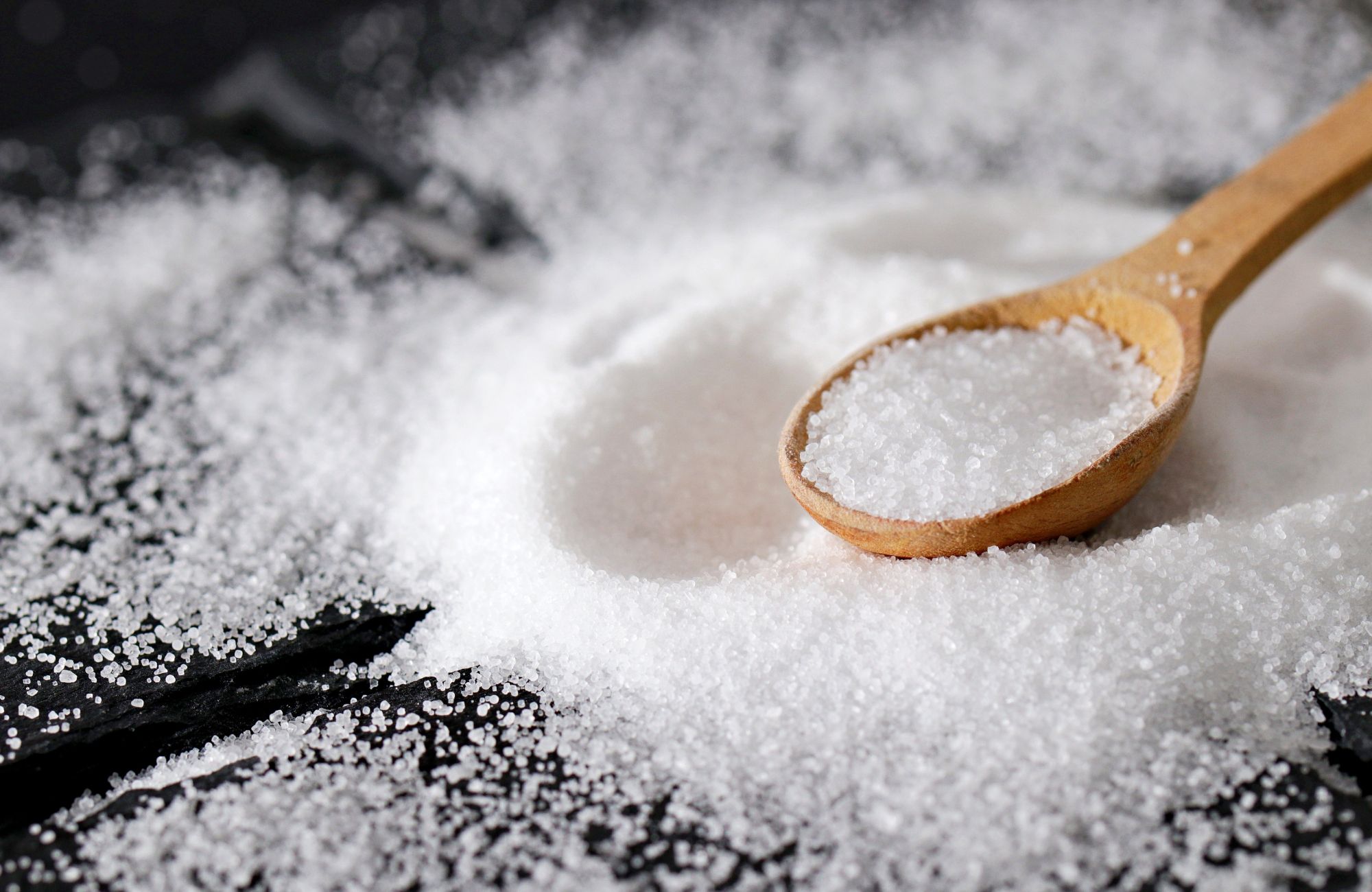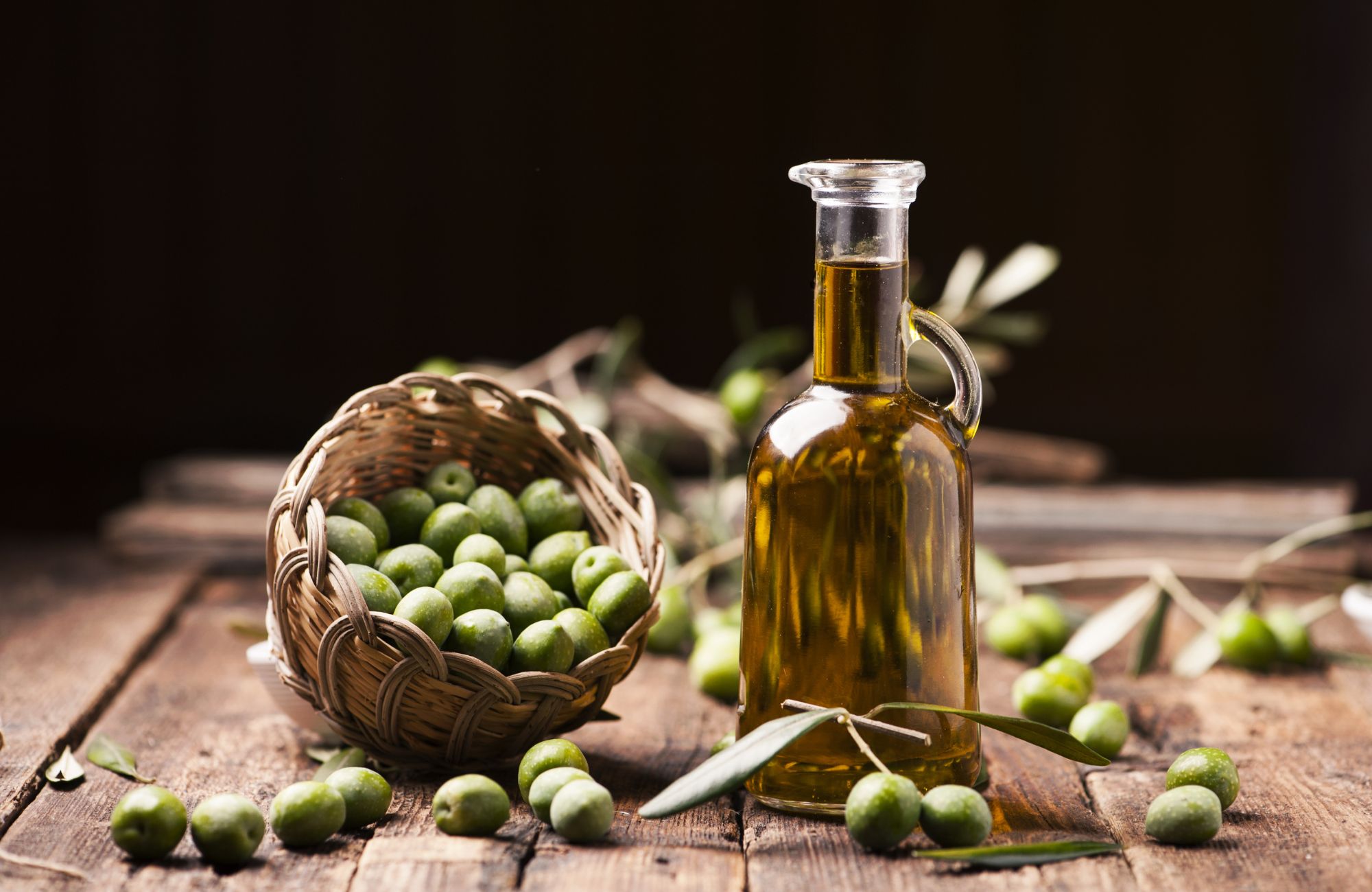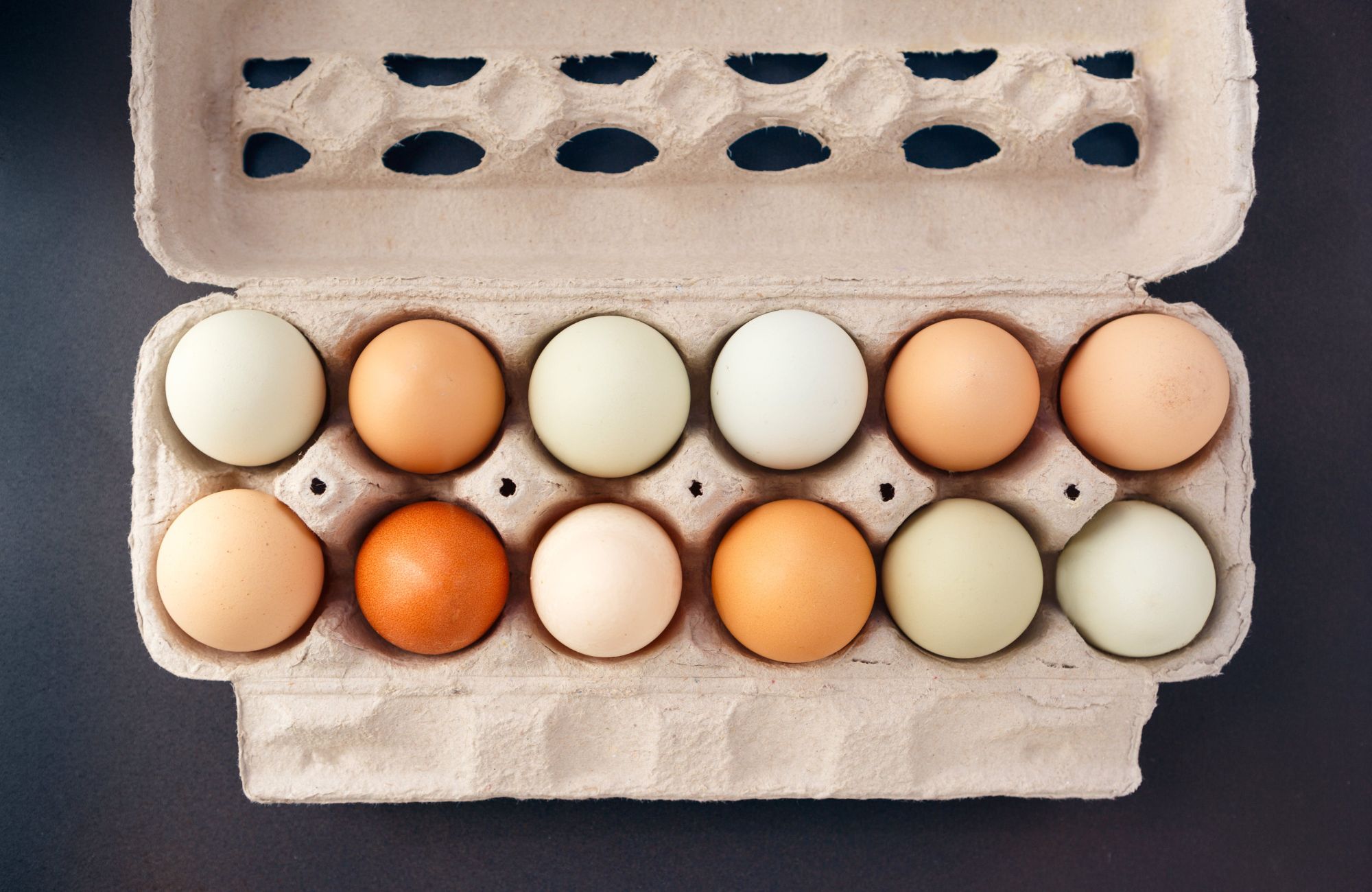
Is Kosher Salt the Same as Sea Salt? Understanding the Differences
The average American consumes about 3,400 milligrams of sodium daily, much of which comes from the salt added during cooking. Given salt’s central role in the kitchen, it’s no wonder that many home cooks find themselves pondering: Is kosher salt the same as sea salt? While these two common salts may seem alike at first glance, they have distinct differences that can greatly influence your cooking results. Let’s explore what sets them apart and how each can impact your dishes.
Understanding Salt Basics
At its core, salt is primarily sodium chloride (NaCl), a mineral that has shaped human history, preserved our food, and enhanced our culinary experiences for thousands of years. Salt isn’t just a seasoning, it’s a flavor enhancer that brings out the natural taste of ingredients while suppressing bitterness and enhancing sweetness.
While all salt contains sodium chloride, not all salt is created equal. The main categories you’ll encounter include table salt, kosher salt, sea salt, and specialty salts (like Himalayan pink salt). Each has its own characteristics, uses, and flavor profiles that make them suited for different culinary applications.
What Exactly Is Kosher Salt?
Kosher salt is a type of coarse-grained salt that earned its name from its traditional use in the koshering process of meat in Jewish cuisine. This process involves using the salt to draw blood from meat, making it kosher according to Jewish dietary laws. However, it’s important to note that not all kosher salt is certified kosher for Passover or other Jewish holidays—the name refers to its use rather than its certification.
Kosher salt is made of sodium chloride and typically contains no additives or iodine (unlike table salt). The absence of iodine gives kosher salt a pure, clean taste without the slightly metallic flavor that some people detect in iodized table salt.
How Kosher Salt Is Produced
Unlike sea salt, kosher salt is usually harvested from salt mines—underground salt deposits that are remnants of ancient seabeds. The production process involves:
- Mining the rock salt deposits
- Dissolving the mined salt in water to create a brine solution
- Evaporating the water through industrial processes
- Processing the salt into its characteristic coarse, irregular crystals
Physical Characteristics
Kosher salt has several distinguishing features:
- Large, coarse-grain structure
- Pebble-shaped crystals
- More uniform size (though this varies by brand)
- Less dense than table salt
- Easily pinched and controlled when cooking
What Is Sea Salt?
Sea salt is exactly what its name suggests, salt produced through the evaporation of seawater. Unlike kosher salt, which undergoes industrial processing, sea salt is often less processed, allowing it to retain trace minerals from its source waters.
The Sea Salt Harvesting Process
The production of sea salt typically follows these steps:
- Seawater is channeled into shallow pools or salt pans
- The sun and wind naturally evaporate the water
- As water evaporates, salt crystals begin to form
- These crystals are harvested, sometimes washed, and dried
This process can be done traditionally by hand (as with fleur de sel) or through more industrial methods. The region, climate, and specific techniques used all influence the final product’s characteristics.
Physical Characteristics
Sea salt’s appearance and texture can vary widely based on its source and production method:
- Crystal sizes range from fine to flaky
- Less consistent shape and texture compared to kosher salt
- Color may vary from bright white to gray, pink, or even black, depending on mineral content
- Generally, more moisture-retentive than kosher salt
Key Differences Between Kosher Salt and Sea Salt
Now that we understand each salt individually, let’s directly compare kosher salt and sea salt across several key dimensions.
Origin and Production
The main difference between kosher salt and sea salt lies in their sources. Kosher salt is derived from underground salt mines, while sea salt comes from evaporated seawater. This difference in origin leads to varying processing methods: kosher salt undergoes more industrial processing to achieve uniform grain size, while sea salt is minimally processed, preserving its natural mineral content.
Texture and Appearance
Kosher salt has larger, coarser grains with a uniform appearance, while sea salt varies widely in crystal size and shape, from fine grains to large flakes. Kosher salt is typically drier and more porous, whereas sea salt retains more moisture and may clump slightly.
Flavor Profiles
Both kosher salt and sea salt are primarily sodium chloride, but they have subtle taste differences. Kosher salt offers a clean, straightforward saltiness, while sea salt has a more complex flavor due to its trace minerals, which can vary depending on its source.
Price Comparison
Kosher salt is generally more affordable, making it practical for everyday cooking, while sea salt tends to be more expensive, especially artisanal varieties, and is often reserved for finishing dishes. The price difference reflects variations in production methods and perceived value.
Cultural and Historical Significance
Both salts have rich cultural histories. Kosher salt is closely tied to Jewish culinary traditions, particularly in the process of making meat kosher by drawing out blood. Sea salt, harvested for thousands of years in coastal communities, has specific regional varieties that have become important cultural markers.
Culinary Applications: When to Use Each Salt
Understanding when to use each type of salt can elevate your cooking from good to exceptional.
Best Uses for Kosher Salt
Kosher salt excels in these applications:
- Everyday cooking: Its clean taste and ease of handling make it ideal for general seasoning
- Meat preparation: The large grains are perfect for creating a crust on steaks and drawing moisture from proteins
- Brining: Dissolves well in liquid to create flavorful brines for poultry and pork
- Seasoning pasta water: Adds clean salinity to cooking water without off-flavors
- Controlling salt distribution: Easy to pinch and sprinkle evenly over food
Professional chefs often prefer kosher salt for its texture, which allows for better tactile feedback when seasoning by hand. The larger crystals also provide more control when salting during cooking.
Best Uses for Sea Salt
Sea salt shines in these scenarios:
- Finishing dishes: The complex flavor and varied texture make it excellent for adding a final flourish
- Visual appeal: Flaky varieties like Maldon create beautiful salt crystals on food
- Specific cuisines: Some traditional dishes call specifically for certain sea salts
- Sweet applications: The mineral notes can wonderfully complement desserts like chocolate chip cookies or caramels
- Salt crusts: Larger crystal varieties work well for creating salt crusts on fish or meat
The texture of flaky sea salt creates a pleasant crunch and immediate burst of flavor when used as a finishing salt, enhancing the eating experience in ways kosher salt cannot match.
Substitution Guide: Kosher Salt vs. Sea Salt
Can you substitute one for the other? The answer is yes, but with important caveats.
Conversion Ratios
When substituting between kosher and sea salt, keep these guidelines in mind:
- By volume: 1 teaspoon kosher salt, ¾ teaspoon fine sea salt
- For flaky sea salt: A 1:1 ratio with kosher salt often works well
- Brand matters: If using Morton’s instead of Diamond Crystal, use about half the amount
Remember that these are approximations; the best approach is to start with less, taste, and adjust as needed.
When Substitution Works Best
Substitution between kosher and sea salt works well:
- In soups, stews, and other liquid-heavy dishes, where the salt will dissolve
- When seasoning vegetables before roasting
- In marinades and sauces
When to Avoid Substitution
Some applications call specifically for one type:
- Recipes that rely on the specific texture of a salt (like a salt crust)
- Traditional dishes developed with a particular salt type
- Baking recipes, which are more chemistry than art
- When salt is a prominent finishing element
Health and Nutritional Considerations
From a nutritional standpoint, is one salt healthier than the other?
Sodium Content
All salts contain roughly the same amount of sodium by weight, but due to differences in crystal size and density, a tablespoon of kosher salt has less sodium than a tablespoon of fine sea salt. This is because the larger crystals in kosher salt create more air space, not because one is “healthier” than the other.
Trace Minerals
Sea salt is often praised for its trace minerals, like magnesium, calcium, and potassium, but these amounts are too small to significantly impact your diet. The flavor benefits of these minerals typically outweigh their nutritional advantage.
The bottom line? From a health perspective, salt is salt. What matters most is the total amount consumed, not which type you choose.
The Role of Salt in Sweet Applications
Salt isn’t just for savory foods. It plays a crucial role in sweets as well:
- Salt enhances sweetness by suppressing bitterness
- It creates contrast and complexity in desserts
- It balances the sweetness in caramel, chocolate, and baked goods
For sweet applications:
- Fine sea salt often works well in batters and doughs
- Flaky sea salt creates a beautiful finish on cookies, brownies, and caramels
- Kosher salt can be incorporated into batters, but it isn’t ideal as a visible finishing element
Conclusion
Kosher salt and sea salt are not the same, but both play important roles in the kitchen, each offering unique benefits that can enhance your cooking. Kosher salt, with its coarse grains and clean taste, is perfect for seasoning and brining, while sea salt adds a rich, mineral flavor that shines as a finishing touch. Understanding the subtle differences between these salts will help you elevate your dishes to new heights, whether you’re preparing savory meals or creating desserts.
Looking to upgrade your salt collection? US Sweeteners offers high-quality salts to suit every need, from everyday kosher salt to artisanal sea salts that enhance the flavors in your dishes. Explore our selection today to find the perfect salt for your cooking needs. For more information, don’t hesitate to contact us and let us help you bring your culinary creations to the next level!
FAQs
Can you substitute sea salt for kosher salt?
Yes, you can substitute sea salt for kosher salt, but you’ll need to adjust the amount. Generally, use about ¾ teaspoon of fine sea salt for every 1 teaspoon of kosher salt, or a 1:1 ratio for flaky sea salt.
Which is healthier, sea salt or kosher salt?
Neither salt is significantly healthier than the other, while sea salt contains trace minerals, both contain similar amounts of sodium by weight, and the mineral content in sea salt is too minimal to provide substantial health benefits.
Does kosher salt taste different from sea salt?
Yes, kosher salt has a clean, straightforward saltiness while sea salt offers a more complex flavor profile with subtle mineral notes that vary depending on its source waters.
Why do chefs use kosher salt?
Professional chefs prefer kosher salt because its coarse texture provides better tactile feedback when seasoning by hand, allowing for more precise control and even distribution during cooking.



Leave a Reply